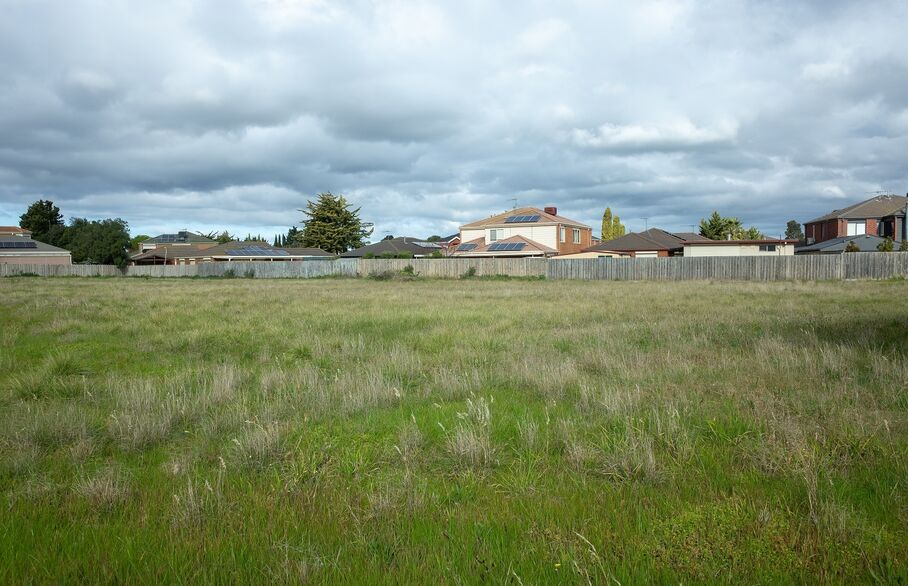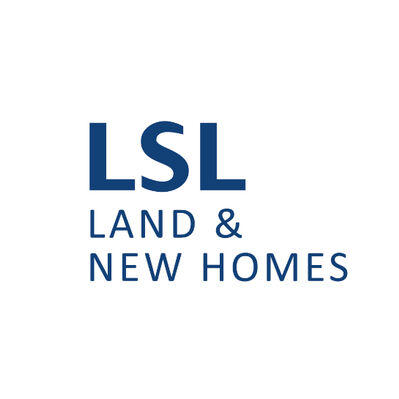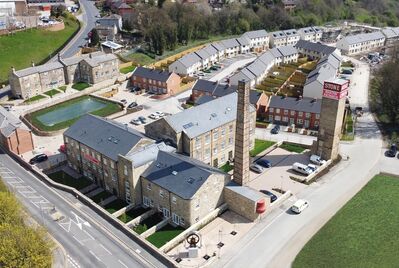
With an election on the way the housing strategies of political parties are coming under more scrutiny, and a phrase you might have seen floating around is ‘greyfield’ or ‘grey belt’ land. Associated mostly to the Labour Party, the term is one worth investigating, regardless of wider political opinions. In this blog, we investigate more about the definition of this new term, what it could mean for planning policy, and how it could help rethink the nation's planning framework and unlock land to provide all-important new homes.
‘Greyfield’ provides a third designation for types of land, as well as the familiar greenfield and brownfield categories. For clarity, greenfield is generally defined as land that has not been previously developed, and brownfield is land that has been previously developed and is no longer being used. ‘Greyfield’ unfortunately has a less clear definition. First used in the 90s, the term was traditionally used to refer to land and buildings in towns and cities that are underused. However, in some cases, it is used only to refer to potential development on top of car parks and rooftops, whilst in its latest usage some people assume a much wider definition, including disused buildings like empty shopping centres.

Revealingly, the recent usage of the term ‘greyfield’ has also uncovered that such sites could even be in the green belt, a designation that would be a significant development in terms of national planning policy. The term has evolved into the idea of the ‘grey belt’, not just ‘greyfield’, with industry estimates tentatively suggesting that ‘grey belt’ land could provide land for up to 500,000 homes, and that is just in London, strategic ‘grey belt’ development could provide land for 74,000 homes annually for 15 years. ‘Grey belt’ provides an even more open category than ‘grey field’, described as land that is ‘poor-quality and ugly’, not fulfilling the apparent goals of green belt.
This brings us to green belt, a long-standing land designation, often criticised by those who are pro-development. Yet, this 1930s policy has been effective for the protection of green spaces inside and around urban areas, as well as the prevention of urban sprawl by strictly limiting the amount of development that can be undertaken in the designated areas.

The argument for opening up of limited green belt land, potentially under the new ‘greyfield’ term is based on the reality that green belt is intrinsically the land that would be most convenient to develop in terms of proximity to urban infrastructure, employment and amenities. 77% of green belt land within one mile of a train station is currently undeveloped, and developing only 1% of the green belt would deliver 738,000 homes, more than 2 and a half years of national housing provision. In 2020 there were 19 Local Authorities in England that had at least 75% green belt, and only 3 were managing to adequately meet the local housing demand.
Regardless of its intentions, green belt land is providing an obstacle to housing development, making it harder to deal with the realities of the housing need. The use of brownfield sites is an important way to ensure sustainable development that aims to limit the impact on the countryside, as the Campaign for Rural England points out, once land has been developed that’s it. Yet, if we limit development to existing urban areas we are at risk of reducing the precious accessible green spaces people that already live there need for their wellbeing. ‘Greyfield’ is still a new and unstable concept, but if we are aiming to tackle the housing crisis, we are going to need new ideas like it.
Looking for expert insight into land development? Get in touch
Sources
-
Independent - What is a greyfield site? Keir Starmer’s plan to overhaul housebuilding in UK
-
Today’s conveyancer - Starmer proposes development of ‘grey belt’ land for housing
-
Campaign for Rural England - Our view on Labour’s five golden rules for development on the ‘grey belt’
-
Centre for London - London must build on small sections of its Green Belt, doubling housebuilding to meet the housing needs of Londoners
-
Centre for Cities - Benefits and challenges of the green belt
-
Gov.uk - Fact Sheet 1. The need for homes
-
Building Design & Construction - 1% of green belt land could deliver 738,000 homes with a market value of £317.5bn
-
Douglas & King Architects - Much of our green belt land isn’t actually green
-
Savills - Is Green Belt being used as effectively as it could be?
-
Campaign for Rural England - An introduction to brownfield: the land that’s ripe for recycling
-
Property Investments UK - What Exactly are Greenfield Sites? A Guide for Property Investors

Our experienced land & new homes experts can provide you with the knowledge & expertise that you need.




